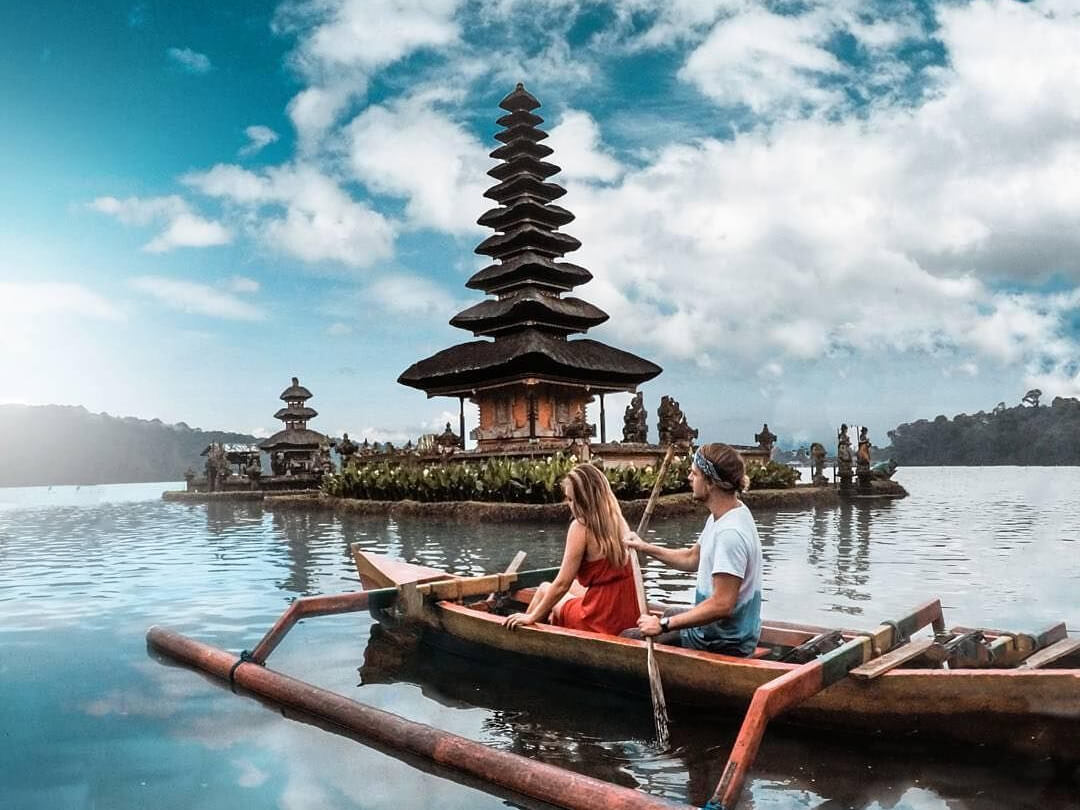Balinese Water Temples: History, Meaning & Must-Visit Temples
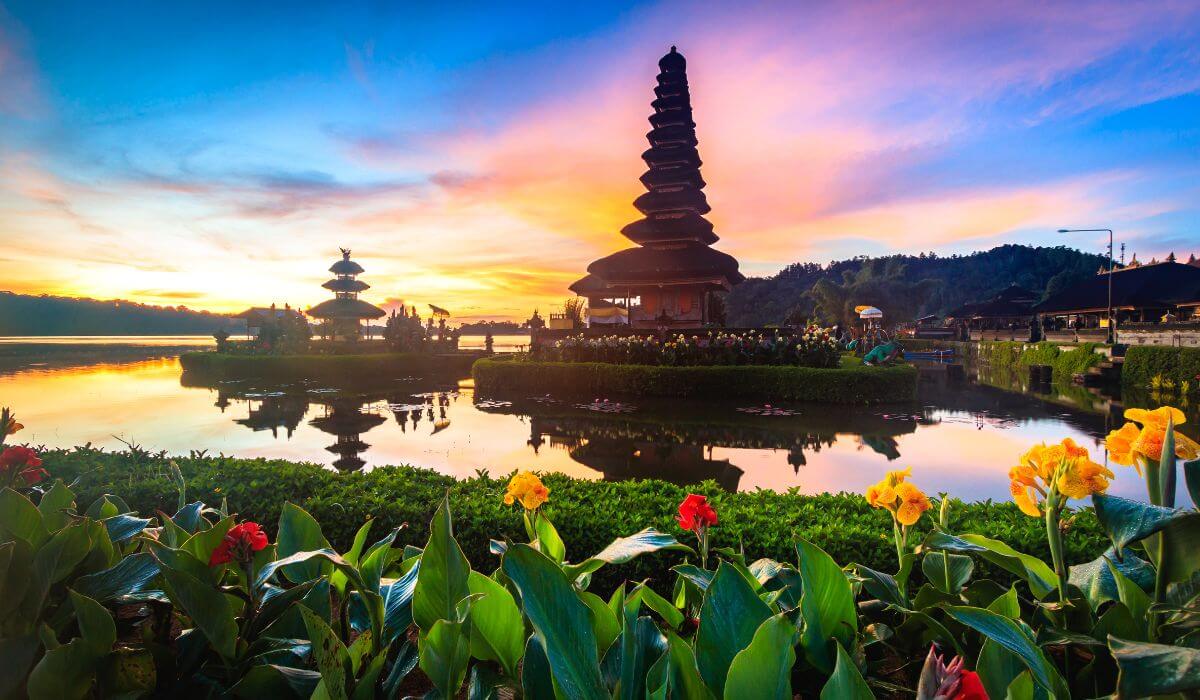
Bali is a deeply spiritual island where ancient traditions still shape everyday life. And if there’s one thing that truly captures the magic of Balinese culture, it’s the island’s breathtaking water temples. These aren’t just places of worship; they’re the heart of Bali’s sacred connection to nature, community, and, well… rice.
Yep, rice! Believe it or not, these temples do more than host prayers and ceremonies—they also play a key role in Bali’s legendary Subak irrigation system, a 1,000-year-old water-sharing tradition that’s so genius it landed a spot on the UNESCO World Heritage list. Add to that the mesmerizing architecture, peaceful lake settings, and ancient purification rituals, and you've got some of the most fascinating temples in the world.
The best way to experience these temples? Join a guided tour in Bali that takes you through Bali’s most sacred sites.
Our Best Selling Tour
- All-Inclusive
- Bali Instagram Tour: The Most Famous Spots
From famous rice terraces, stunning waterfalls and breathtaking views of Mount Agung, our Bali Instagram Tour is perfect for travelers who want to experience th...
HK$953/pp Learn more

The History of Balinese Water Temples
Bali’s water temples aren’t just beautiful—they’re ancient, deeply spiritual, and absolutely essential to the island’s way of life. These temples date back over a thousand years, blending Hinduism, local Balinese beliefs, and a brilliant water management system that has kept Bali’s rice fields thriving for centuries.
The story begins with Bali’s early rulers, particularly King Udayana in the 10th century, who helped shape the island’s unique religious and agricultural traditions. As Hinduism spread from India, it merged with indigenous animist beliefs, creating a unique Balinese Hinduism that honors not just the gods, but also the forces of nature—especially water, which is seen as sacred and life-giving.
Over time, water temples became more than just places of worship. They turned into the backbone of Bali’s farming culture, acting as both spiritual centers and meeting places for local farmers. This is where the Subak system was born—a communal irrigation network managed through temple rituals, prayers, and offerings to ensure fair water distribution. It wasn’t just about farming; it was about maintaining harmony between humans, gods, and nature—a concept known as Tri Hita Karana (more on that later!).
Even today, these temples remain essential to Balinese life. Farmers still gather here to seek blessings for their crops, and rituals tied to the land, water, and spirits continue to thrive. The best part? You don’t have to be a history buff to appreciate them—just standing in one of these serene temples, surrounded by flowing water and misty mountains, feels like stepping back in time.
The Meaning and Spiritual Role of Water Temples
Okay, so we know that Bali’s water temples are more than just stunning places to snap a few Instagram-worthy shots. But what do they actually mean to the Balinese people? Well, in a word—everything.
At the core of Balinese Hinduism is the concept of Tri Hita Karana, which basically means "Three Causes of Well-Being." It’s the idea that true harmony comes from balancing humans, nature, and the divine. And guess what? Water temples embody all three.
- Humans – Farmers come together at these temples, not just for religious ceremonies, but also to organize the Subak irrigation system. It’s all about cooperation, fairness, and shared prosperity.
- Nature – Water isn’t just a resource in Bali—it’s sacred. Every river, spring, and lake is believed to have spiritual energy, and water temples act as guardians of these life-giving forces.
- The Divine – The temples are dedicated to Dewi Danu, the goddess of water, lakes, and rivers. Without her blessings, no crops, no food, no life. So yeah, she’s kind of a big deal!
These temples are alive with rituals. Ever heard of Melasti? It’s a massive purification festival where thousands of Balinese people head to water temples (especially ones near lakes and the sea) to cleanse their spirits before Nyepi, Bali’s Day of Silence. Another important ritual is Odalan, a temple’s anniversary celebration filled with offerings, traditional dance, and prayers.
And then, of course, there’s Tirta Empul, the famous purification temple where locals and visitors alike dip into holy spring water to cleanse their minds and souls. If you’ve ever wanted to experience true Balinese spirituality, taking part in a water blessing here is an unforgettable way to do it.
So, whether you’re a believer or not, there’s something undeniably powerful about these temples. They aren’t just places of worship—they’re living, breathing symbols of balance, connection, and gratitude.
Our Top Trending Tours
The Role of Water Temples in Bali’s Subak Irrigation System
Alright, let’s talk about one of the coolest things about Balinese water temples—how they’re basically the world’s most spiritual irrigation system. Seriously, this isn’t just about prayers and rituals; these temples are at the heart of a 1,000-year-old water management system that’s so smart, even modern scientists are impressed.
Welcome to the Subak system, a genius way of sharing water that’s been keeping Bali’s rice fields lush and green for centuries. Instead of some government-run irrigation plan, the Subak is run by the temples—or more specifically, by the priests who manage them. These guys don’t just lead ceremonies; they’re also in charge of making sure every farmer gets their fair share of water.
Here’s how it works:
- Water flows from Bali’s sacred lakes and springs, considered gifts from Dewi Danu, the goddess of water.
- Temples like Pura Ulun Danu Bratan (which sits right on a lake!) bless the water before it’s released into canals and streams.
- Farmers gather at local water temples to perform rituals and discuss water distribution—because in Bali, irrigation isn’t just science, it’s spirituality in action.
- The system ensures everyone gets enough water, no one hoards resources, and the land stays fertile for future generations.
And here’s the wild part—this ancient, temple-run system is so efficient that in 2012, UNESCO recognized it as a World Heritage Site. Why? Because it’s a perfect example of humans working in harmony with nature, rather than trying to control it. Unlike industrialized farming, which often drains the land and depletes resources, the Subak system is sustainable, fair, and deeply rooted in tradition.
So, the next time you see those picture-perfect rice terraces in Bali, remember—they wouldn’t exist without the wisdom of the water temples.
Must-Visit Balinese Water Temples
If you're heading to Bali, visiting a few water temples is an absolute must. Not only are they breathtaking, but each one has its own unique story, spiritual significance, and vibe. Whether you're looking for peaceful lakeside views, sacred purification rituals, or jaw-dropping temple architecture, these are the water temples you can’t miss.
1. Pura Ulun Danu Bratan – The Floating Temple of Bali
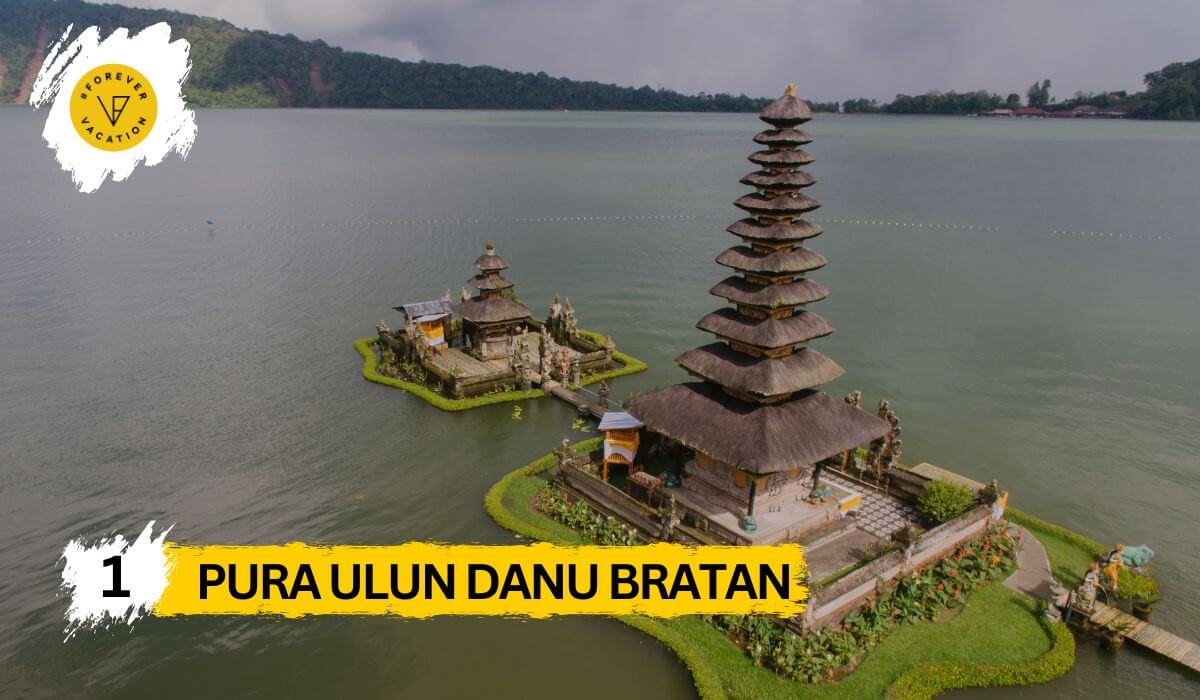
If you’ve ever seen a postcard of Bali, chances are you’ve already laid eyes on Pura Ulun Danu Bratan. This iconic temple looks like it’s floating on Lake Bratan, surrounded by misty mountains—it’s straight-up magical.
Why Visit?
- One of Bali’s most famous and photogenic temples.
- Dedicated to Dewi Danu, the goddess of water, making it the heart of Bali’s irrigation system.
- The serene lake setting creates a mystical, almost dreamlike atmosphere, especially in the early morning.
Best Tips for Visiting:
- Go early (before 9 AM) to avoid crowds and catch the morning mist over the lake.
- Rent a traditional boat for an unforgettable view of the temple from the water.
- Bring a jacket—it can get chilly up in the highlands!
2. Pura Tirta Empul – The Sacred Purification Temple
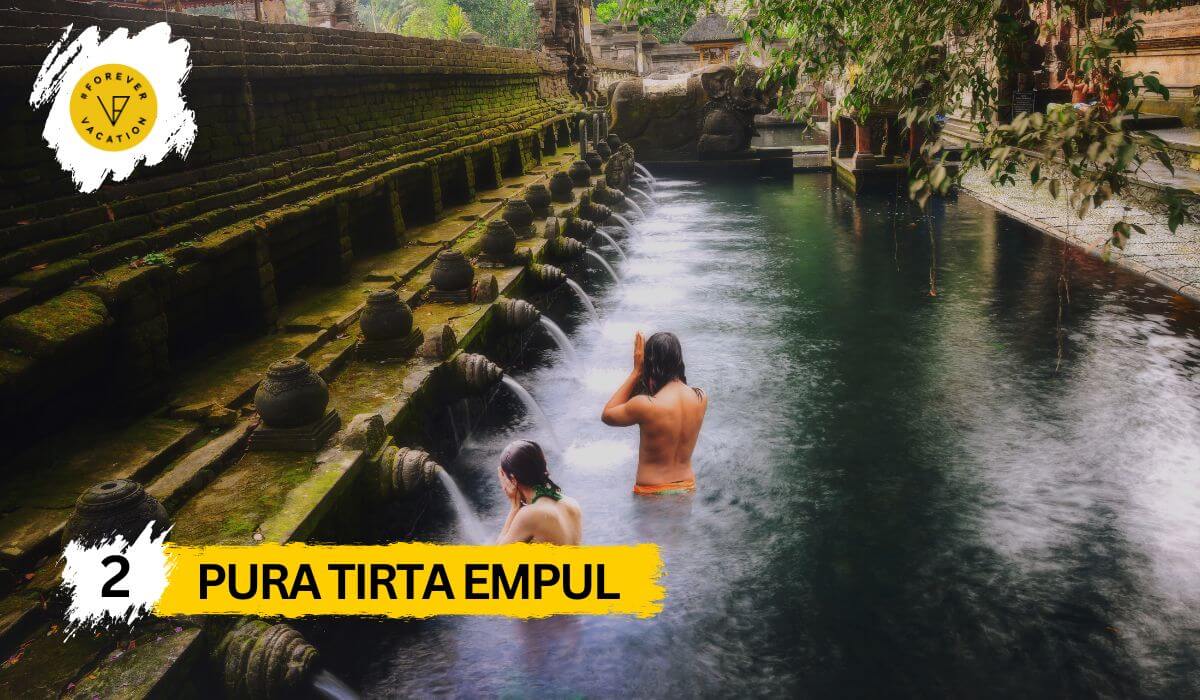
If you’re looking for a deeply spiritual experience, this is the place. Pura Tirta Empul is famous for its holy spring water, where Balinese Hindus (and visitors!) take part in a traditional purification ritual.
Why Visit?
- Experience an authentic Balinese cleansing ritual in sacred waters.
- The temple dates back to 926 AD, making it one of Bali’s oldest and most revered sites.
- You’ll feel the calm, spiritual energy as you move through the pools.
How to Do the Purification Ritual:
- Rent a sarong (you’ll need one to enter).
- Step into the cool, crystal-clear spring water.
- Move from fountain to fountain, dipping your head under each one while setting an intention or saying a prayer.
Pro Tips:
- Visit early (before 10 AM) to avoid the long lines for the fountains.
- If you want a private experience, hire a local guide to walk you through the ritual.
- Be respectful—this isn’t just for tourists; it’s a sacred ritual for locals.
3. Pura Ulun Danu Batur – The Guardian Temple of the Volcano

Sitting high above the stunning Mount Batur volcano, Pura Ulun Danu Batur is one of Bali’s most powerful temples. It’s dedicated to protecting Bali from natural disasters, and given its location near an active volcano, that makes a lot of sense!
Why Visit?
- It’s one of Bali’s nine directional temples, which are believed to guard the island from evil spirits.
- Located in Kintamani, an area known for epic mountain views and breathtaking sunrises.
- The temple was relocated in 1926 after the original was destroyed by a volcanic eruption—talk about resilience!
Best Tips for Visiting:
- Pair your visit with a sunrise trek up Mount Batur for a truly unforgettable experience.
- The temple complex is huge—take your time to explore the shrines, courtyards, and scenic viewpoints.
- Bring a jacket! It’s much cooler in the highlands compared to Bali’s coastal areas.
4. Pura Taman Ayun – The Royal Water Temple
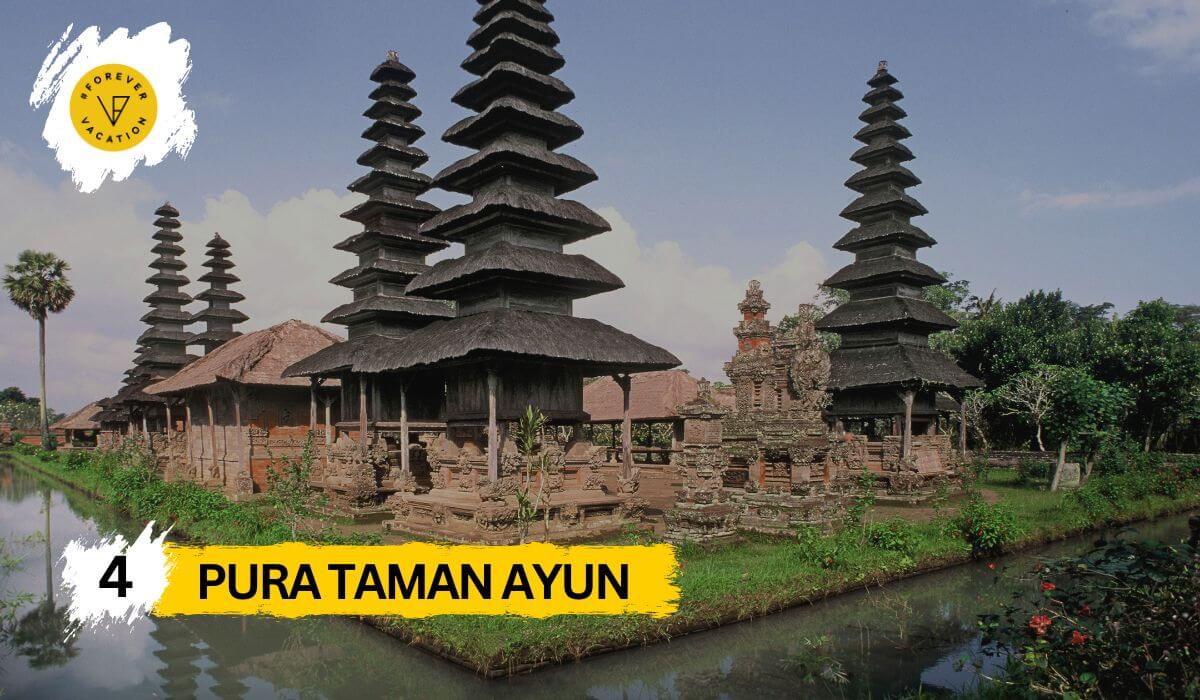
Looking for something less touristy but still stunning? Pura Taman Ayun is a hidden gem. Once the royal family’s temple, it’s now a UNESCO-listed site with gorgeous gardens, peaceful ponds, and towering multi-tiered shrines (meru).
Why Visit?
- Less crowded than other major temples, making it a peaceful escape.
- Surrounded by a moat, giving it a floating palace vibe.
- A great intro to Balinese temple culture, since it represents different levels of spiritual connection.
Best Tips for Visiting:
- Take your time strolling through the serene gardens—this temple is all about peace and harmony.
- Since it’s near Ubud, you can easily combine it with a visit to rice terraces or coffee plantations.
- Look up! The black thatched roofs of the meru shrines symbolize different Hindu deities.
Practical Tips for Visiting Balinese Water Temples
Alright, now that you’ve got your must-visit list, let’s talk about how to actually experience these temples the right way. Whether you're a spiritual seeker, a history buff, or just someone who loves a good adventure, these tips will help you avoid common mistakes and get the most out of your visit.
Temple Etiquette: Do’s & Don’ts
Balinese temples are sacred spaces, so it’s important to respect the traditions while you explore. Here’s what you need to know:
- Wear a Sarong & Sash – No shorts, no exposed shoulders. A sarong (long wraparound skirt) and a sash tied around your waist are required. Some temples provide them for free, while others charge a small rental fee.
- Be Respectful with Photos – Yes, these temples are gorgeous, but remember—people come here to pray. Avoid blocking ceremonies, getting too close to worshippers, or climbing on temple structures for that "perfect shot."
- Don’t Enter If You’re Menstruating – This might sound old-fashioned, but in Balinese Hindu culture, menstruating women are considered spiritually impure and aren’t allowed inside temple grounds. There’s no one checking, but respecting the culture is key.
- No PDA (Public Displays of Affection) – Bali is super chill, but temples are not the place for hand-holding, kissing, or any romantic gestures. Save it for the beach!
Best Time to Visit
If you want to skip the crowds and get a more peaceful experience, timing is everything.
- Early mornings (before 9 AM) – Best for photography, quiet moments, and catching the morning mist at places like Pura Ulun Danu Bratan.
- Late afternoons (after 4 PM) – Fewer people, golden-hour lighting, and a cooler atmosphere.
- Avoid weekends & Balinese holidays – Especially during big festivals like Galungan & Kuningan, when temples are packed with locals in ceremony.
Witnessing Ceremonies & Rituals
Want to experience real Balinese temple life? Time your visit around one of these events:
- Melasti (before Nyepi) – A beautiful water purification ceremony where locals bring sacred objects to be blessed at the sea or water temples.
- Odalan (temple anniversary) – Each temple has its own Odalan festival, which happens every 210 days. Expect offerings, gamelan music, and traditional dances.
- Tirta Empul Purification Rituals – At Pura Tirta Empul, you can join the locals in a sacred water cleansing ritual—just follow their lead and don’t rush through it.
Pro tip: If you see a temple full of locals in ceremonial clothing, stay and observe! It’s a special experience, and they’ll often welcome respectful visitors to watch.
Getting There & Nearby Attractions
Since many of these temples are spread across Bali, here’s how to get around efficiently:
- Book a private tour: You can book a private tour in Bali, they will take you to the water temples in Bali.
- Hire a Private Driver – The easiest way to visit multiple temples in one day. Expect to pay $40-$60 for a full-day tour (split costs if traveling with friends).
- Rent a Scooter – If you’re comfortable riding, this is a cheap and fun way to explore. Rentals cost around $5-$8 per day. Just be extra careful on mountain roads near Ulun Danu Batur!
Combine Your Temple Visits – Some great combos:
- Tirta Empul + Tegalalang Rice Terraces + Ubud Monkey Forest
- Ulun Danu Bratan + Handara Gate + Wanagiri Hidden Hill
- Pura Taman Ayun + Tanah Lot (for sunset views!)
Final Words
Bali’s water temples aren’t just historical landmarks or tourist attractions—they’re the lifeblood of the island’s culture, spirituality, and agriculture. These sacred sites don’t just showcase stunning architecture; they connect people to nature, the gods, and each other in a way that’s been happening for over a thousand years.
Recommended Articles
-
Resources
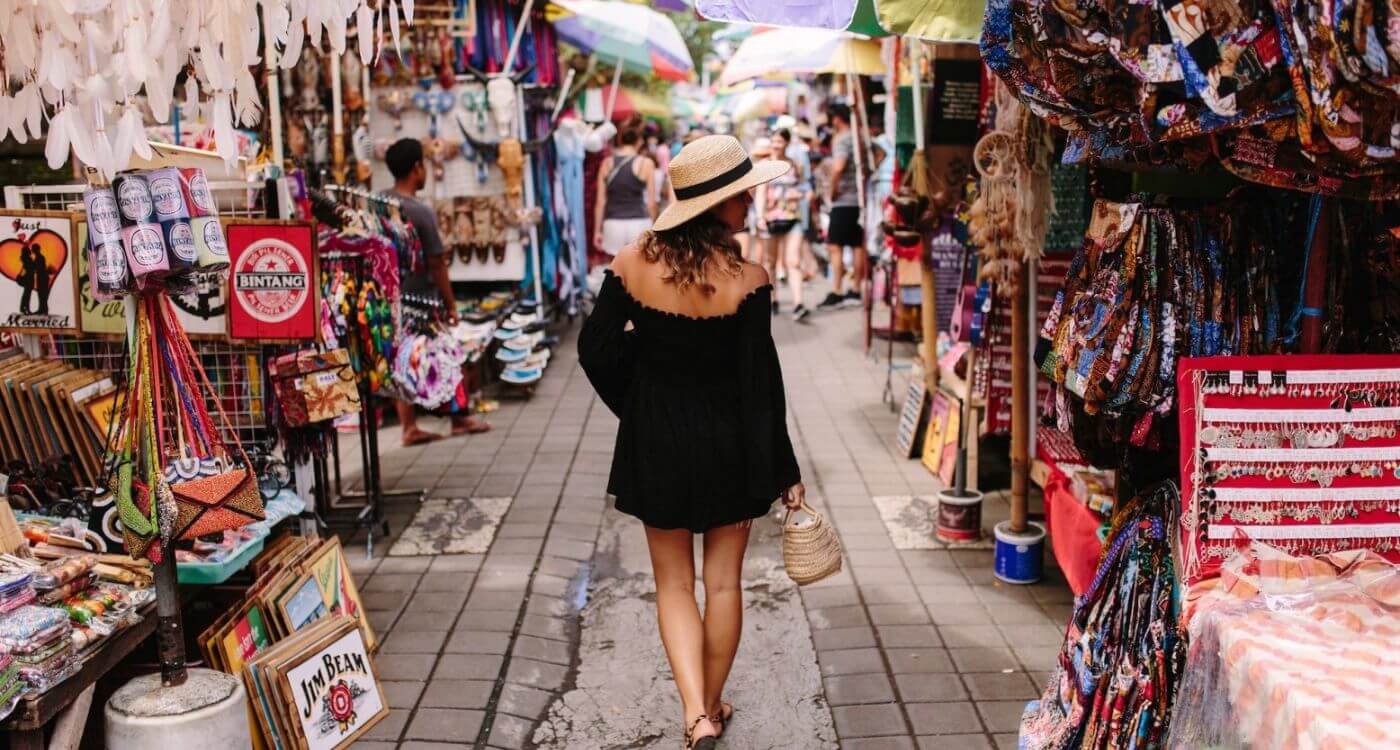
What to Buy in Bali? Top 25 Authentic Balinese Souvenirs and Gifts You Must Buy
-
Destinations
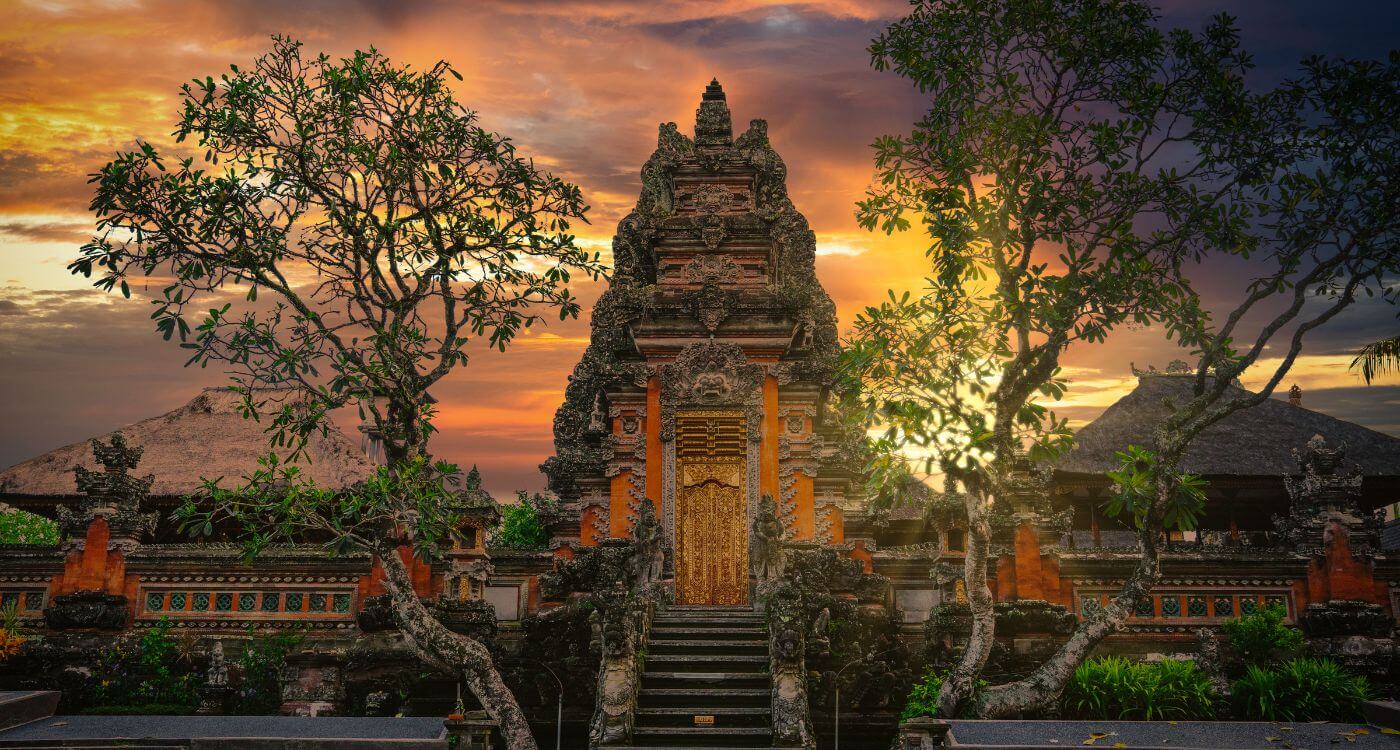
Top 15 Famous Temples in Bali You Must Visit (+ Guide & Tips)
-
Tips

How Many Days in Bali: Ideal Visit Duration and Itinerary Suggestions
-
Resources

Traditional Balinese Massage: Benefits, and What to Expect
-
Travel Inspiration

Bali Off the Beaten Path: 10 Hidden Gems & Unique Experiences
-
Tips
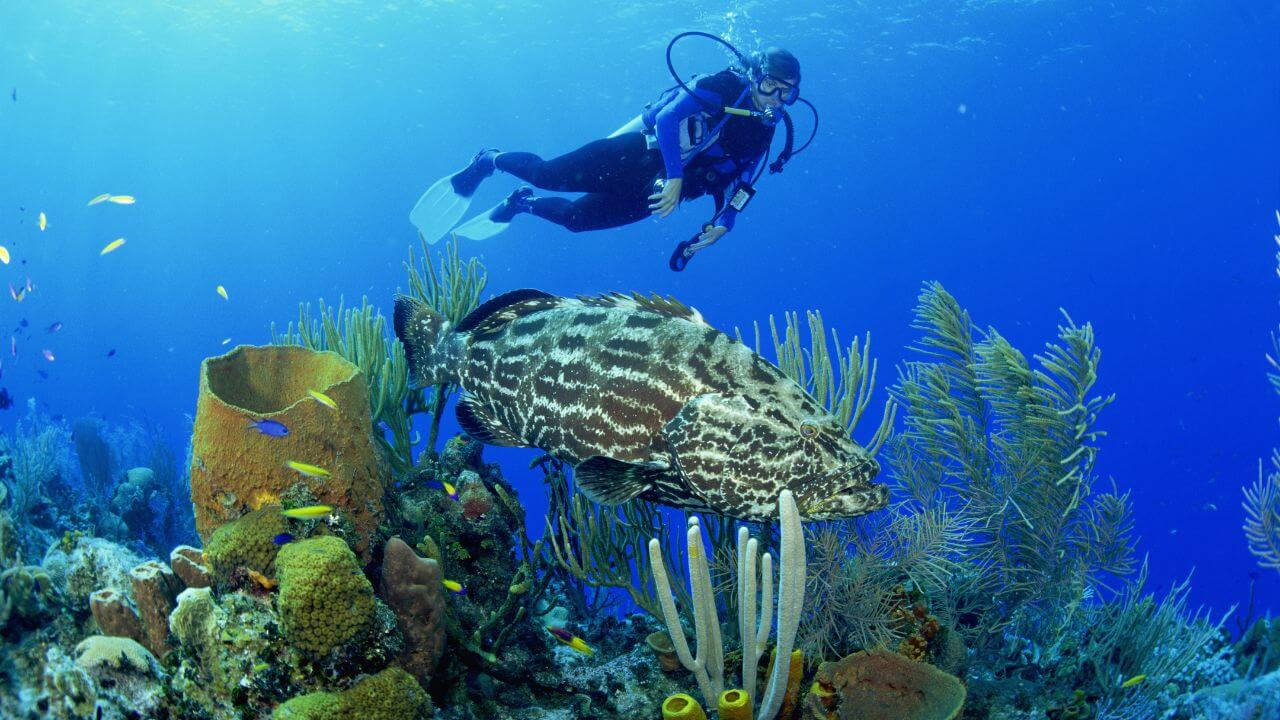
Top 10 Scuba Diving Sites in Bali: Best Locations, Costs & Travel Guide
-
Resources

Exploring Bali’s Rice Fields – The Most Breathtaking Terraces
-
Resources
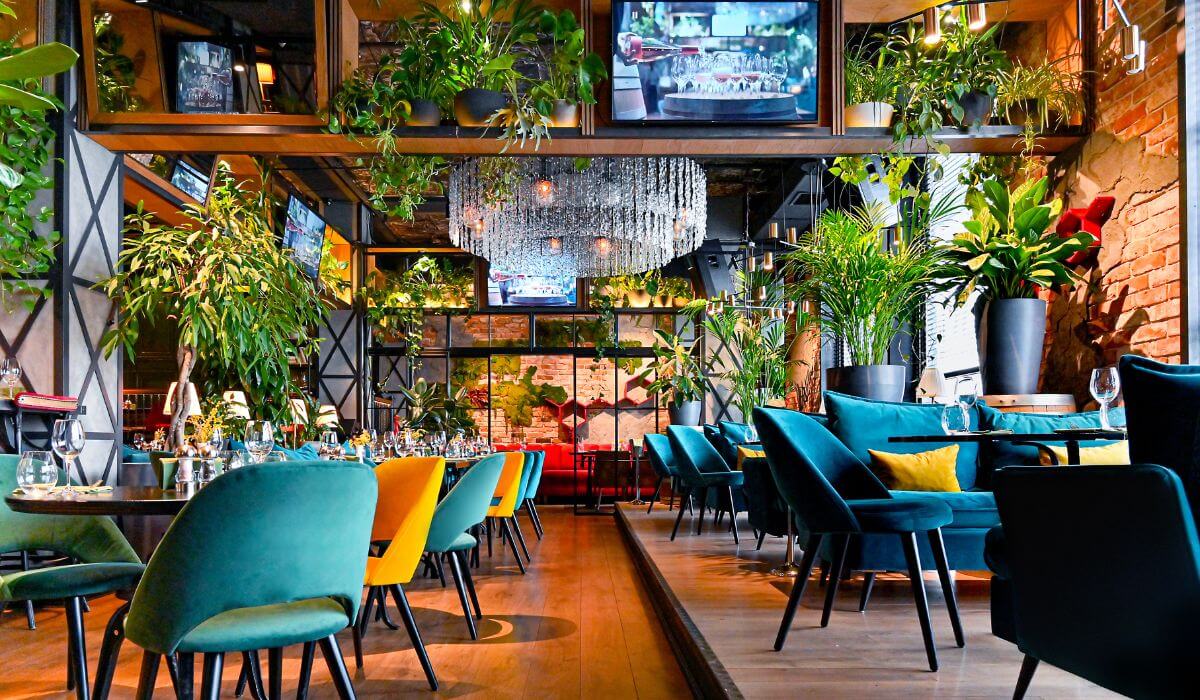
Top 10 Go-To Vegan Restaurants in Bali
Get your VACATION on!
Expertly curated emails packed full of vacation inspiration, travel tips and more!



 +1 617 404 2125
+1 617 404 2125




